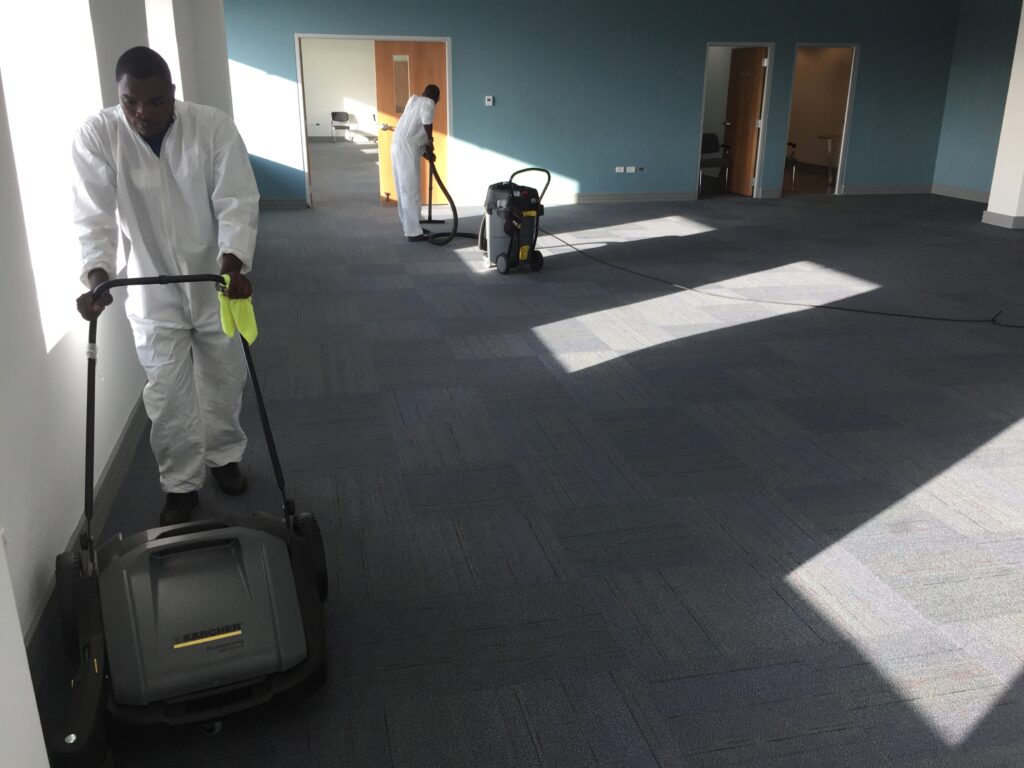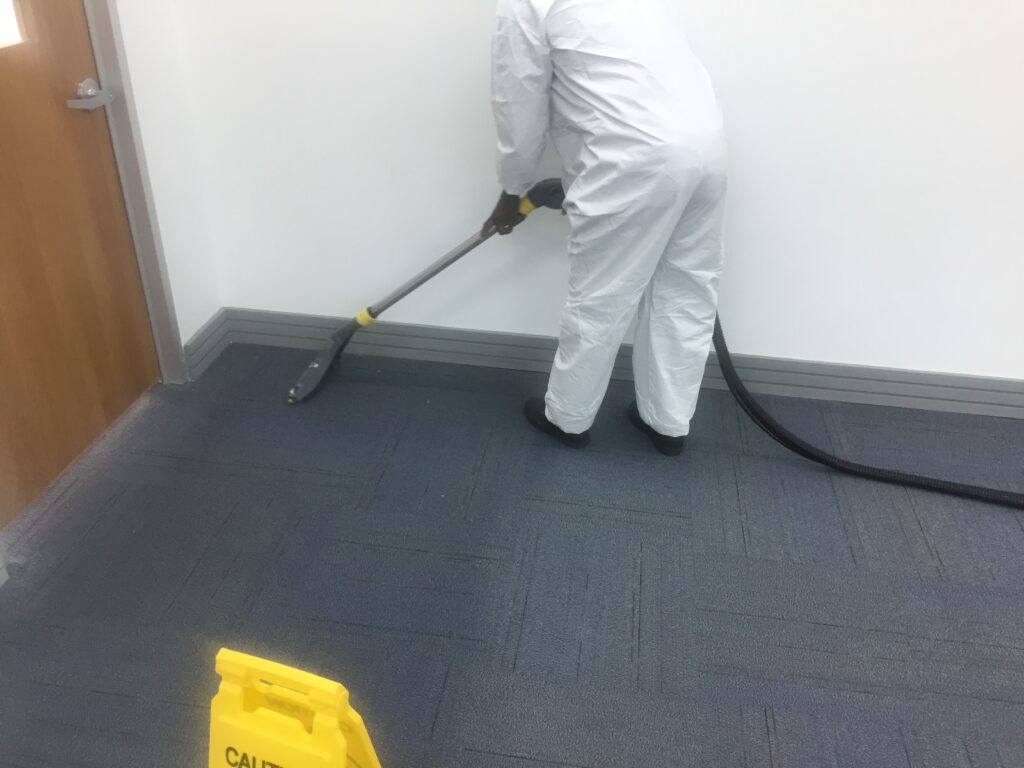Mold infestation problems that include toxic molds have been on the rise due to ageing homes and buildings here in Trinidad and Tobago. Medical evidence has proven that molds can enter the blood stream through your lungs to cause any different kinds of immune dysfunctions. Mold remediation must be done FAST to stop the mold from spreading in order to avoid a much bigger problem! In ideal conditions here in Trinidad and Tobago mold can complete its growth process in as little as 24 to 48 hours. Mold develops from microscopic seed-like structures called spores that cannot be see with the naked eye. Once spores have developed, mold can enter a dormant stage and stay that way for a very long time.
When spores settle on a surface that has a food source, enough moisture and the right temperature, they absorb the moisture and enter into the second stage. This is where you problem really begins.
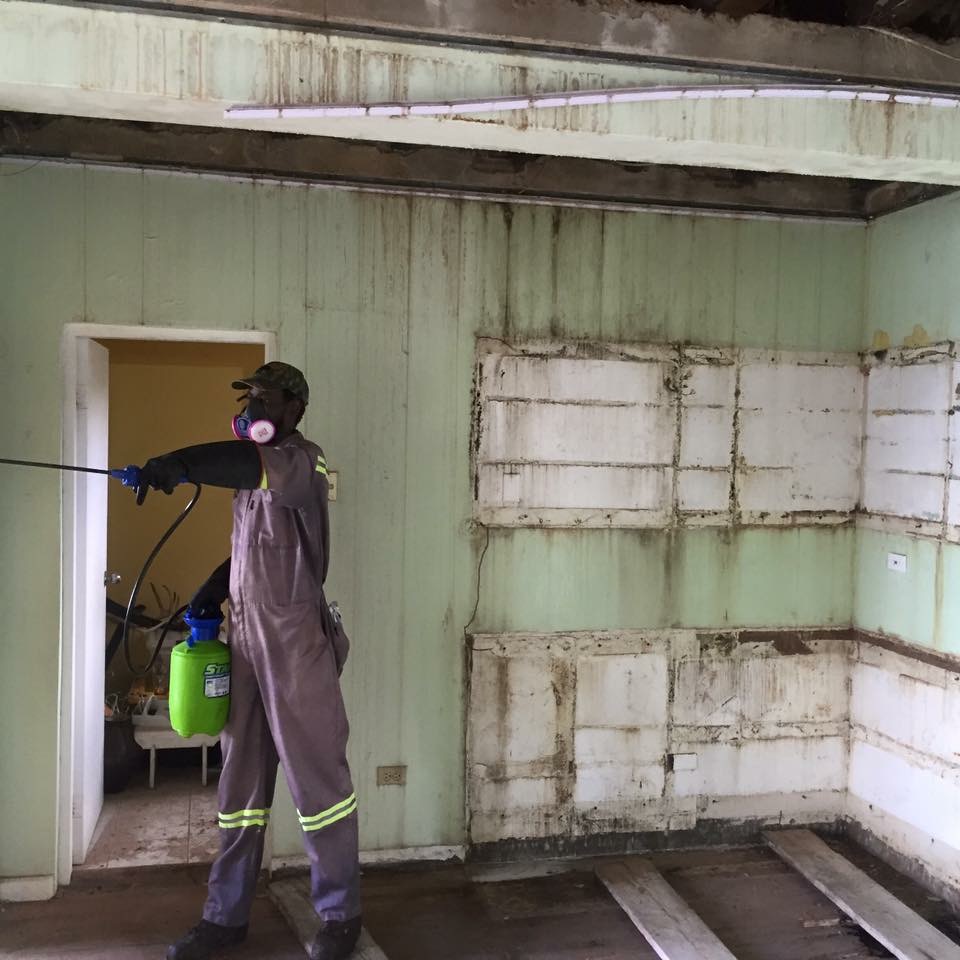
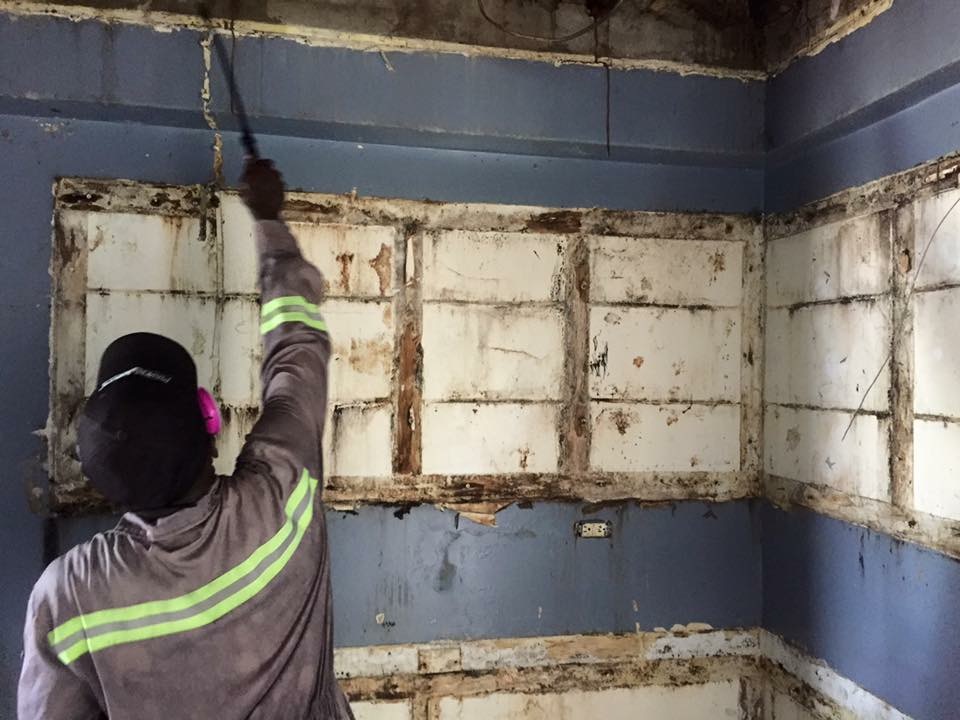
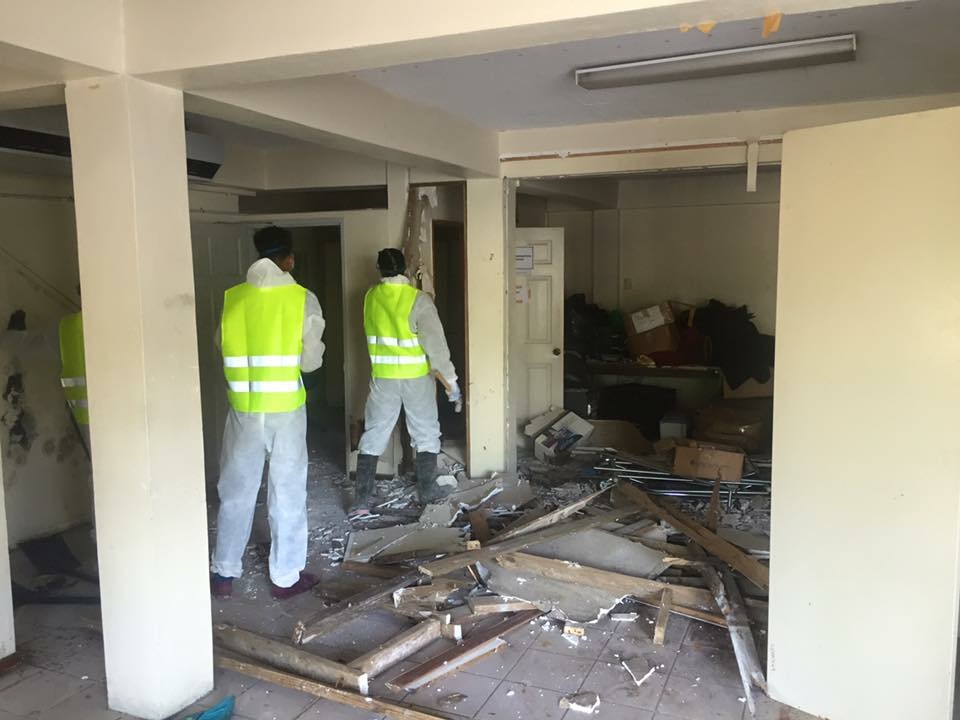
Our 8 Step Mold Removal & Remediation Process:
1. Assess the Origin of Contamination and determine the extent of the damage
2. Determine the Source of the problem and remedy it the source
3. Remediation Plan (If the building was built prior to 1990 building materials that will be disrupted must be tested for asbestos, lead paint etc)
4. Containment, Decontamination Chambers & Negative Air (For High risk Area)
5. Removal of the Mold
6. Odor Removal and Air Washing
7. Cleaning, HEPA Vacuuming & Air Scrubbing
8. Post Remediation Verification
Conditions of Mold:
1. It is considered natural for an indoor environment to have settled spores, fungal fragments or traces of actual growth. Condition 1 is consistant with normal fungal ecology for similar indoor environments.
2. When water damage occurs through intrusion, humidity, accumulation or other moisture source, it is essential that climate control, cleaning and maintenance begin immediately. If proper steps are not initiated, the ensuing accumulation of settled spores will result in condition 2.
3. This is an indoor environment that’s contaminated with actual mold growth and associated spores. That growth can be active or dormant, visible or hidden. With a condition 3, contamination on surfaces MUST be physically removed in order to return the environment to condition 1. Attempts to kill or otherwise control mold are not adequate to solve the problem.
OZONE TREATMENTS
Running ozone generators for several hours will kill mold and mildew and remove mold smells. Shock treatment remediation is required to remove mold odor because mold and mildew thrive in damp environments and those areas with poor air circulation. If the area smells musty, there’s a good chance that live mold spores are in the air. These spores can reproduce by the millions creating health issues, as well as damaging the building and its contents. O3 is very effective in attacking mold, mildew and mold spores. At high levels, O3 deteriorates the cell structure of these microorganisms and breaks down their ability to reproduce. As the gas fills the entire space with ozone, every interior surface including floors, ceilings, closets, furniture and clothing gets sanitized. While ozone is not able to pass through solid walls, it goes where normal air can go, even down into cracks and crevices.
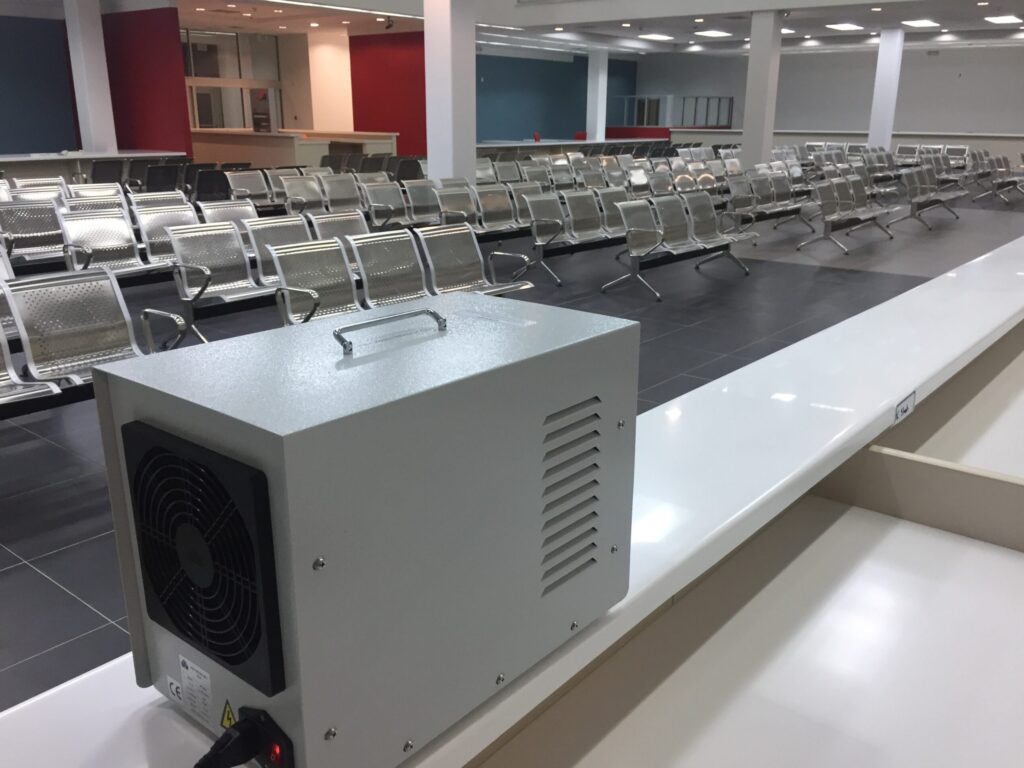
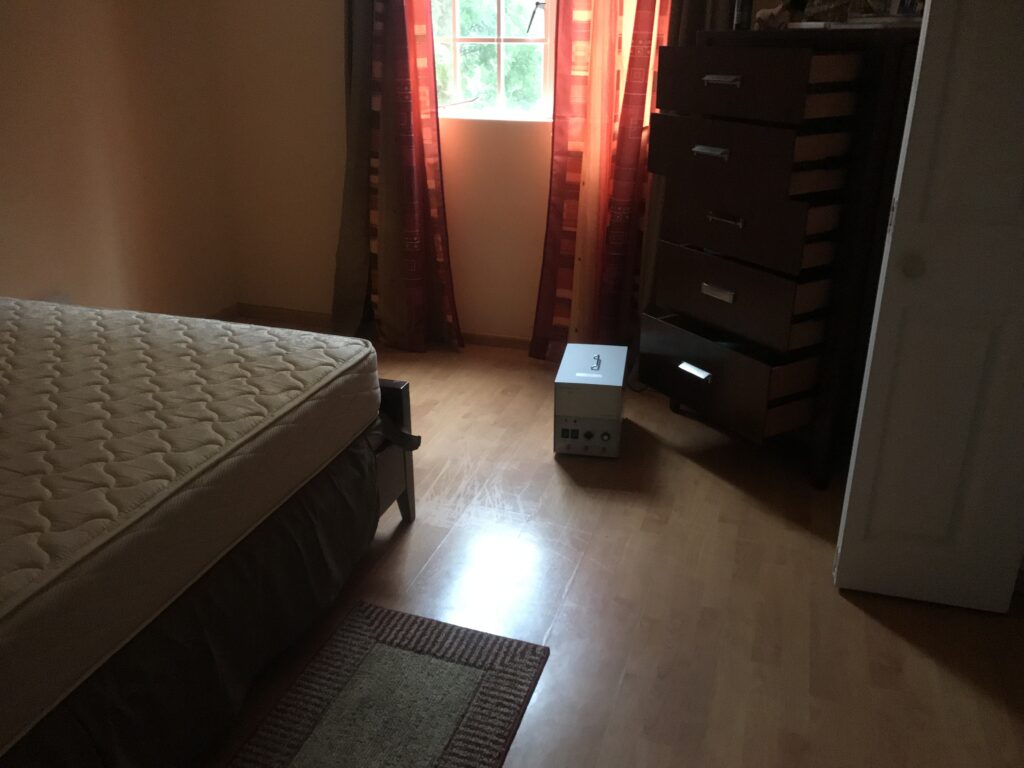
HEPA FILTRATION
Given this resent epidemic, the quality of our indoor air has become more and more important to our health and well-being.
While there is little you can do to affect the quality of the air outdoors, there is a lot you can do to improve indoor air quality (IAQ) at home or office spaces in Trinidad and Tobago.
When researching ways to improve your home’s indoor air quality (IAQ), periodic air HEPA filtration maybe something to consider. When inside, the airborne contaminants pass through a strong UV germicidal light which works to disrupt the DNA of any airborne contaminants to render them useless. Once the DNA is scrambled, the active pollutants effectively die. Our air filters then trap the contaminants and pathogens in your living and working spaces.
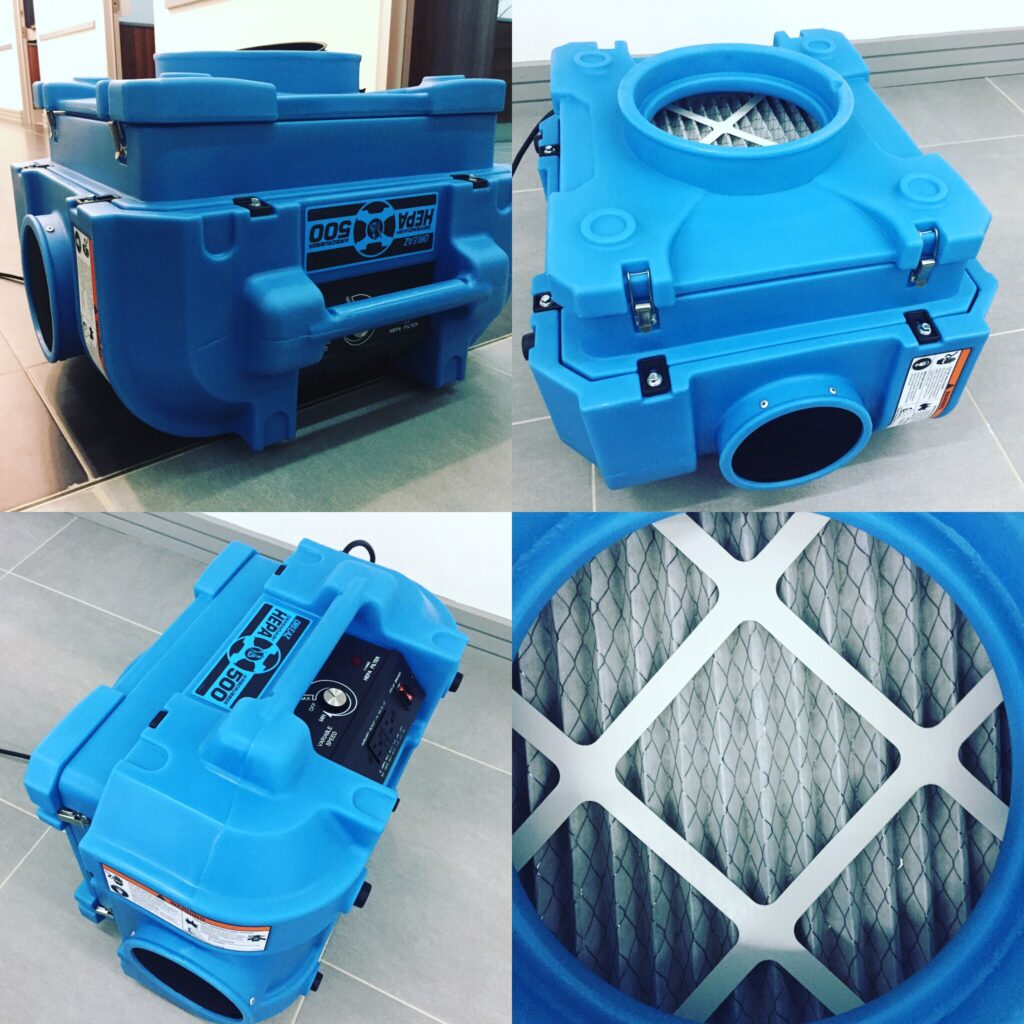

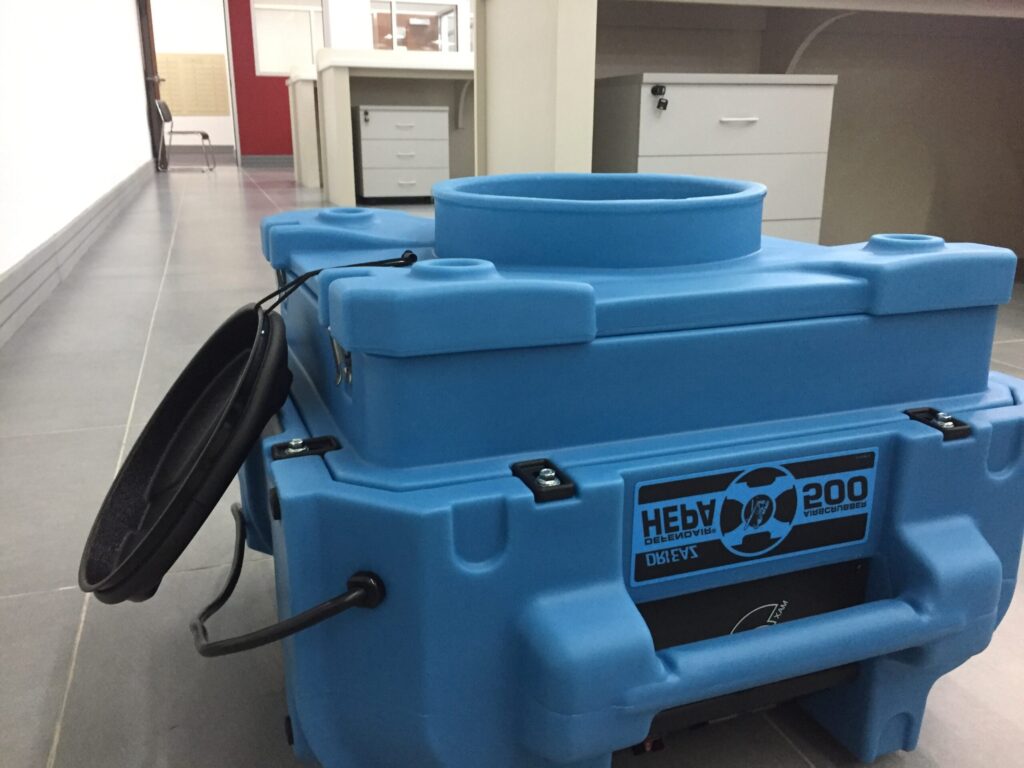

So you have just had your place cleaned and it looks perfect…A few days later there is dust everywhere and wondered how come?
During any cleaning process no matter the method, it puts dust and other particles in the air. When all is said and done, these particles resettle on surfaces and your back to where we started.
Don’t be fooled, an environment cannot be thoroughly cleaned without the uses of specific equipment.
If you think you are protected from air pollution inside the comfort of your home or office spaces in Trinidad and Tobago, you are sadly mistaken. According to the Environmental Protection Agency (EPA), indoor environments are around 2-5 times as polluted as the air outdoors, and occasionally up to 100 times as polluted! The EPA has ranked indoor air pollution as one of the top 5 environmental dangers facing our planet.
THERMAL IMAGING NON-DESTRUCTIVE TESTING
Thermal Imaging, also known as Infrared Thermagrophy, are visual displays of the amount of infrared energy emitted, transmitted, and reflected by an object. Thermal imaging involves the use of high tech cameras that create pictures of heat rather than light. When used in a situation where there is suspected water intrusion, these cameras help find areas that are not clearly visible to the naked eye.
The Key Reason You Should Consider Thermal Imaging:
Moisture Intrusion / Mold Growth
Thermal imaging will not detect mold, but will detect temperature variations behind a wall to assist in finding cold spots that may indicate a potential moisture or water intrusion issue. Once an area of potential concern is found, moisture meters can then be used to confirm if there is in fact moisture behind a wall. If a moisture problem is detected, then it is important to act quickly to fix the problem to prevent mold!
Detecting where moisture has entered your home will allow for quick repairs in order to stop mold from growing and causing health hazards. Thermal imaging can detect moist areas, allowing you the property owner to repair certain areas instead of removing all materials and doing a major overhaul. This will reduce the cost of the repair significantly.
Identifying and removing moisture also stops your structural materials from rotting, which will maintain your home’s structural integrity, keeping your home, office or building safe for those who live in it.

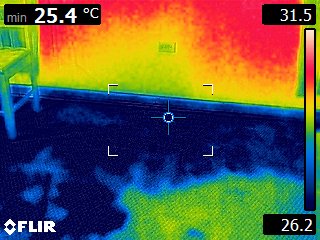
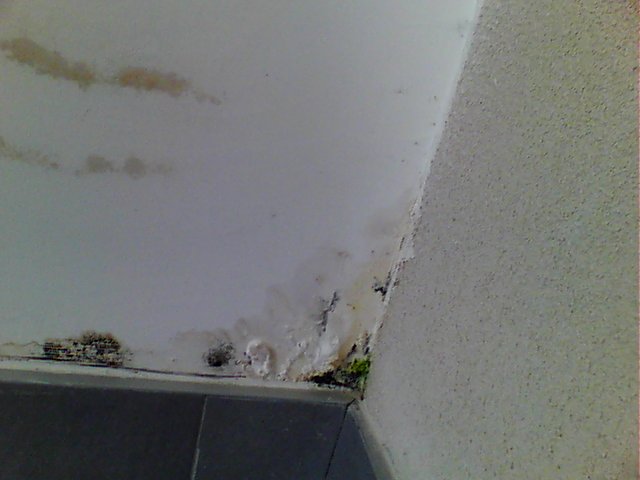
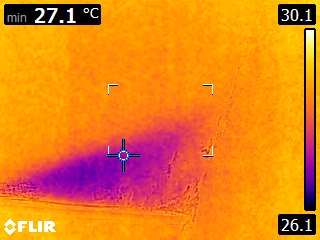

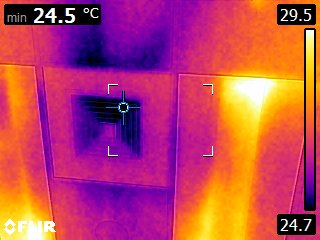
Thermal imaging has now been in place for a number of years within the building industry and has been used to find problems with building materials, such as: hidden water leaks, leaks within the HVAC system, general plumbing leaks and faulty electrical and mechanical system.
DIRT & STAIN EXTRACTION
At All Aspects we utilize a Low Moisture Soil Extraction for cleaning carpets and upholstery using spray extraction.No over wetting takes place as gallons of water is not needed to clean your furniture, just our soft, gentle dry foam that separates the dirt from the fabric then it is removed immediately with a deep extraction.
With a noise level of 66 dB (A),our spray extraction machines are the quietest wet vacuum cleaner in its class and ideal for low-noise cleaning. With a 30-litre fresh water capacity and a 350 mm floor nozzle, this innovative spray extraction machine is especially suitable for cleaning large carpeted areas. The machine design places great emphasis on ergonomic, stress-free and time-saving cleaning.

